Equivalent Fractions Worksheet with Answer Key
This blog post is designed to provide an answer key to help elementary and middle school students practice identifying and generating equivalent fractions. Whether you are a teacher looking for a classroom resource or a parent seeking additional practice for your child, this worksheet offers a range of exercises to reinforce understanding of equivalent fractions.
Table of Images 👆
- Equivalent Fractions Worksheet
- Cross Multiplying Fractions Worksheets
- First Grade Fraction Worksheets
- Common Denominator Fractions Worksheet
- 3rd Grade Math Worksheets Fractions
- Simplest Form Fractions Worksheets Printable
- Multiplying Fractions Worksheets
- Fractions Worksheets Grade 6
- Adding Fractions Worksheets 5th Grade Math
More Other Worksheets
Kindergarten Worksheet My RoomSpanish Verb Worksheets
Cooking Vocabulary Worksheet
DNA Code Worksheet
Meiosis Worksheet Answer Key
Art Handouts and Worksheets
7 Elements of Art Worksheets
All Amendment Worksheet
Symmetry Art Worksheets
Daily Meal Planning Worksheet
What are equivalent fractions?
Equivalent fractions are fractions that represent the same value or proportion, even though they may look different. They are obtained by multiplying or dividing the numerator and denominator by the same non-zero number. For example, 1/2 is equivalent to 2/4 or 3/6 because they all represent the same part of a whole.
How can you determine if two fractions are equivalent?
To determine if two fractions are equivalent, you can simplify both fractions to their simplest form by dividing both the numerator and denominator by their greatest common factor. If the simplified fractions are the same, then the original fractions are equivalent. Another method is to cross multiply and see if the resulting products are equal. If they are, then the fractions are equivalent.
What is the process of simplifying fractions to find their equivalent fractions?
To simplify a fraction and find its equivalent form, you must divide both the numerator and the denominator by their greatest common factor (GCF). This process reduces the fraction to its simplest form. By dividing both numbers by the GCF, you ensure that the fraction is expressed in its most reduced form without changing its overall value.
How can you use multiplication or division to find equivalent fractions?
You can use multiplication to find equivalent fractions by multiplying both the numerator and denominator of a fraction by the same nonzero number. For division, you can divide both the numerator and denominator of a fraction by the same nonzero number to find equivalent fractions. This preserves the relative size of the fraction while representing the same portion of a whole in a different way.
Give an example of two equivalent fractions that result from simplifying.
An example of two equivalent fractions that result from simplifying is 6/10 and 3/5. When you simplify 6/10 by dividing both the numerator and denominator by their greatest common factor of 2, you get the equivalent fraction of 3/5.
Are all fractions capable of having equivalent fractions? Why or why not?
Yes, all fractions are capable of having equivalent fractions. This is because an equivalent fraction is a fraction that represents the same value as the original fraction but is written with different numbers in the numerator and denominator. By multiplying or dividing both the numerator and denominator of a fraction by the same non-zero number, you can create an equivalent fraction. Thus, every fraction can have infinite equivalent fractions.
How can you use common denominators to find equivalent fractions?
To find equivalent fractions using common denominators, you identify the least common multiple (LCM) of the denominators of the given fractions. Then, you express each fraction with the LCM as the common denominator by multiplying the numerator and denominator of each fraction by the same value to keep the fraction equivalent. This way, the fractions can be compared and simplified easily.
Give an example of two equivalent fractions that result from using common denominators.
An example of two equivalent fractions that result from using common denominators is 1/4 and 2/8. By multiplying the numerator and denominator of 1/4 by 2, we get 2/8, indicating that both fractions represent the same value, but with different numerators and denominators.
How can you use multiplication to find an infinite number of equivalent fractions?
You can use multiplication to find an infinite number of equivalent fractions by multiplying both the numerator and the denominator of a fraction by the same non-zero integer. This process results in a fraction that is equivalent to the original fraction but has different numerals. By continuing to multiply the numerator and denominator by the same integer, you can generate an infinite number of equivalent fractions for the original fraction.
Why is it important to understand equivalent fractions in everyday life?
Understanding equivalent fractions is important in everyday life because it helps when dividing up and comparing quantities. For example, when cooking a recipe that requires a certain amount of ingredients but you want to adjust for a larger or smaller portion, knowing equivalent fractions allows you to scale the recipe properly. It also comes in handy when working with measurements, such as converting between different units or comparing prices of items in a store. Overall, understanding equivalent fractions is a fundamental skill that enhances decision-making and problem-solving in various real-life situations.
Have something to share?
Who is Worksheeto?
At Worksheeto, we are committed to delivering an extensive and varied portfolio of superior quality worksheets, designed to address the educational demands of students, educators, and parents.

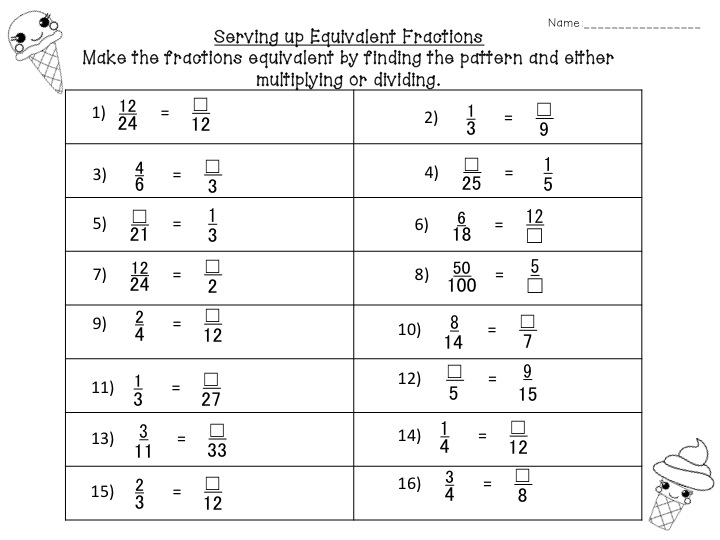



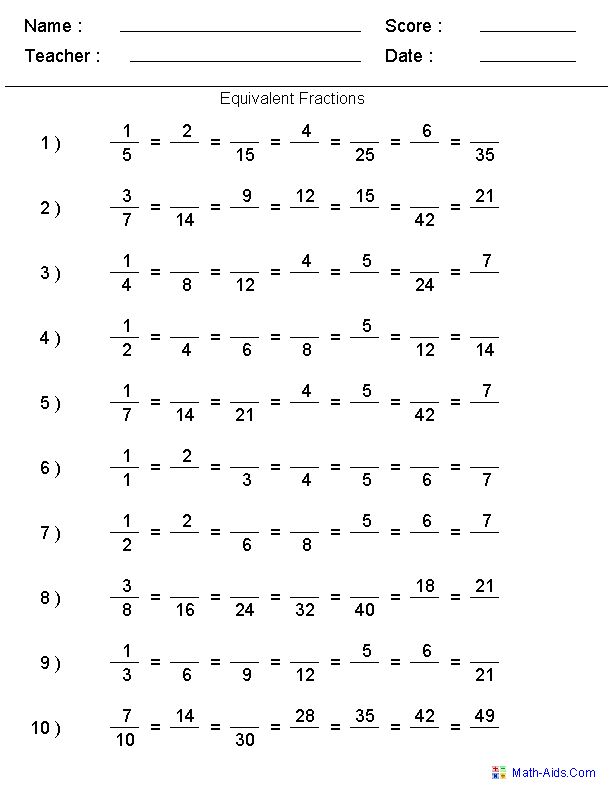
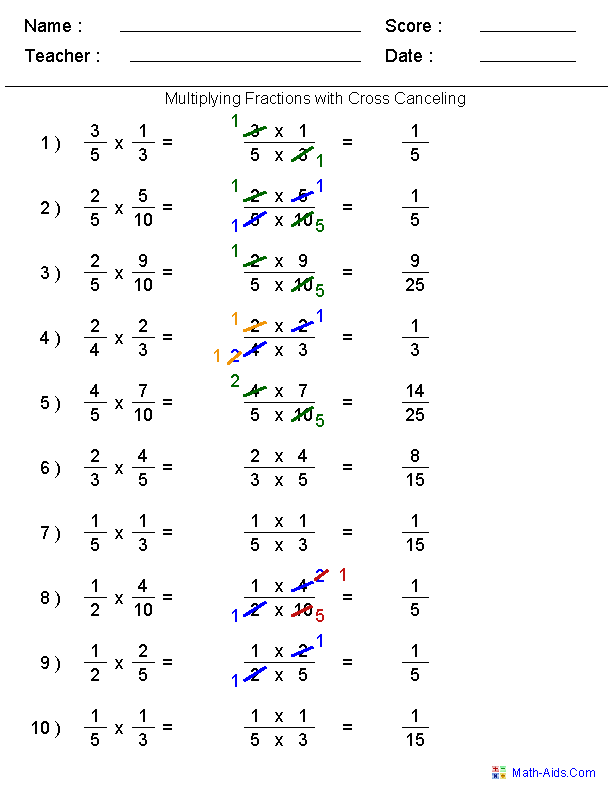
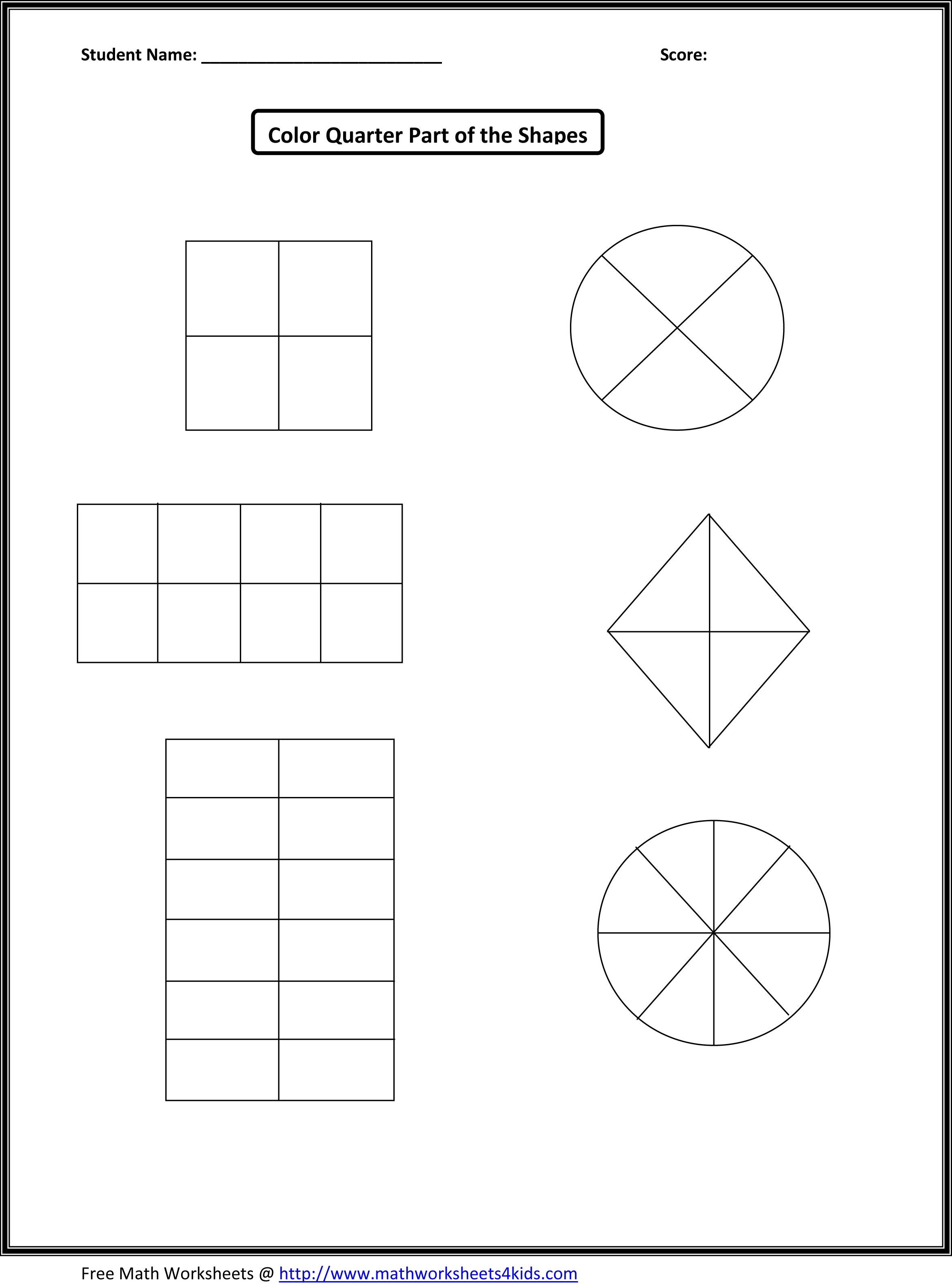
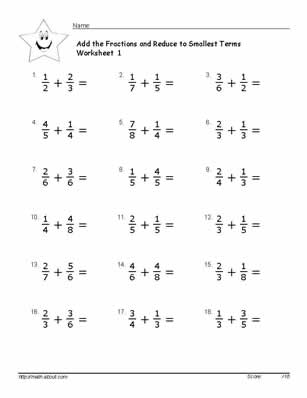
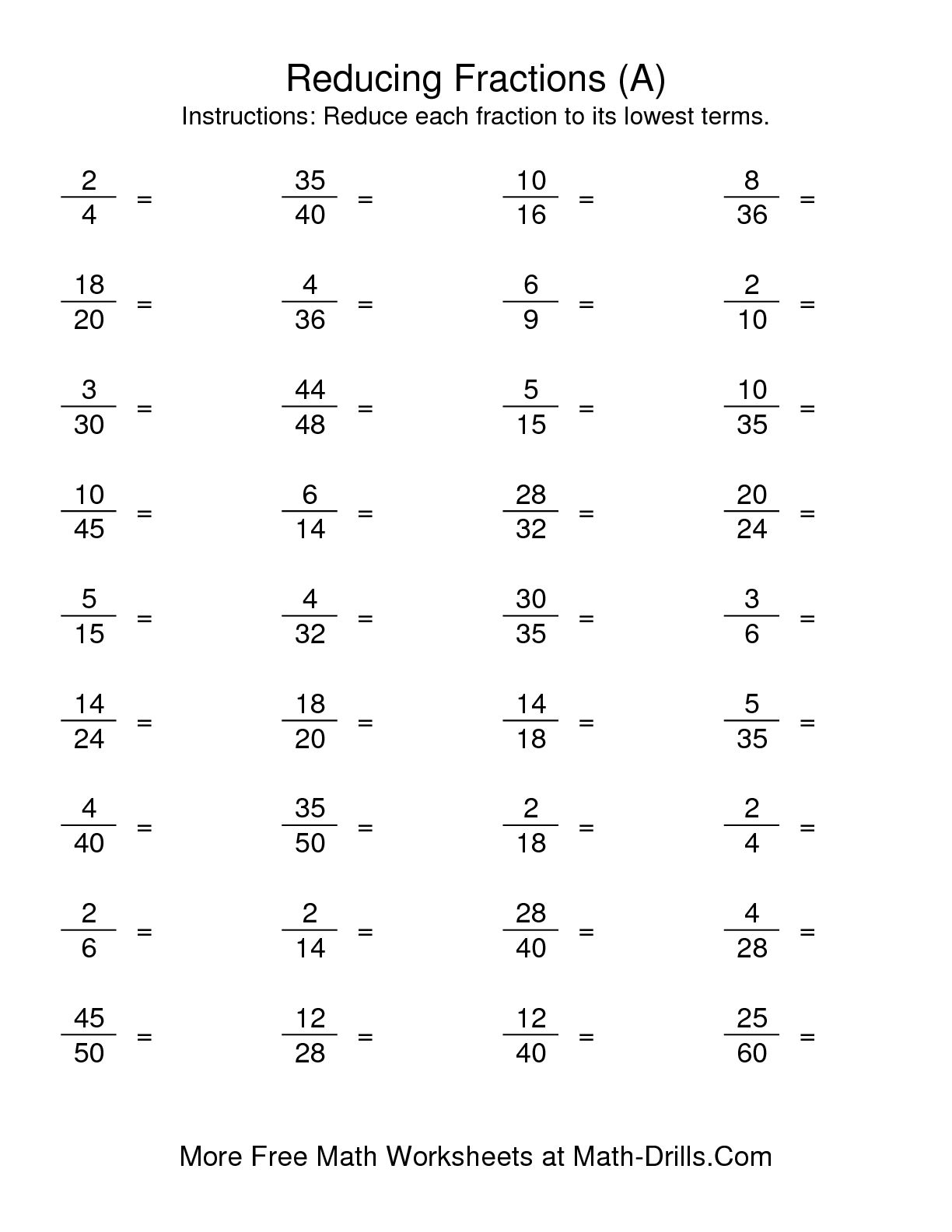
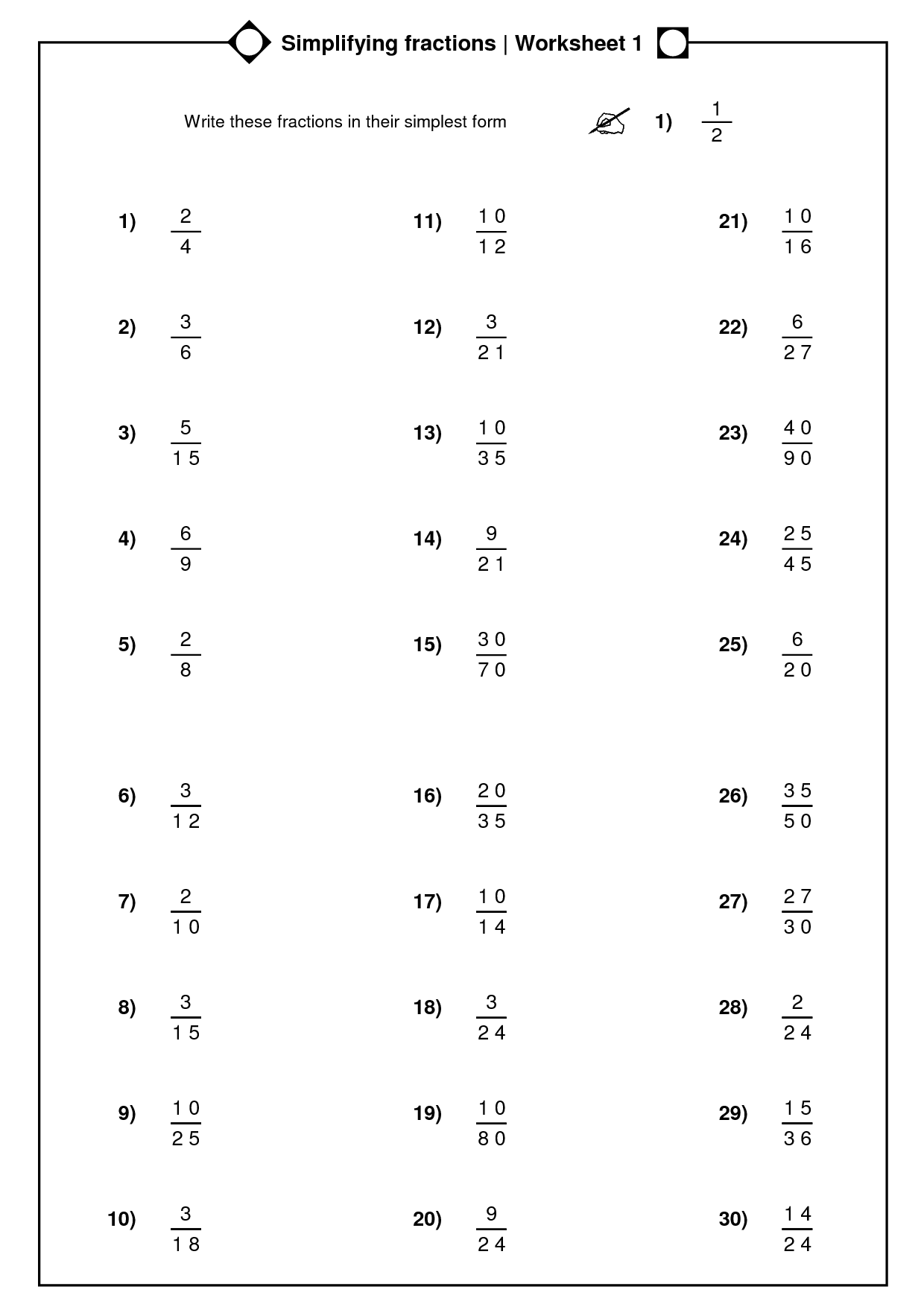
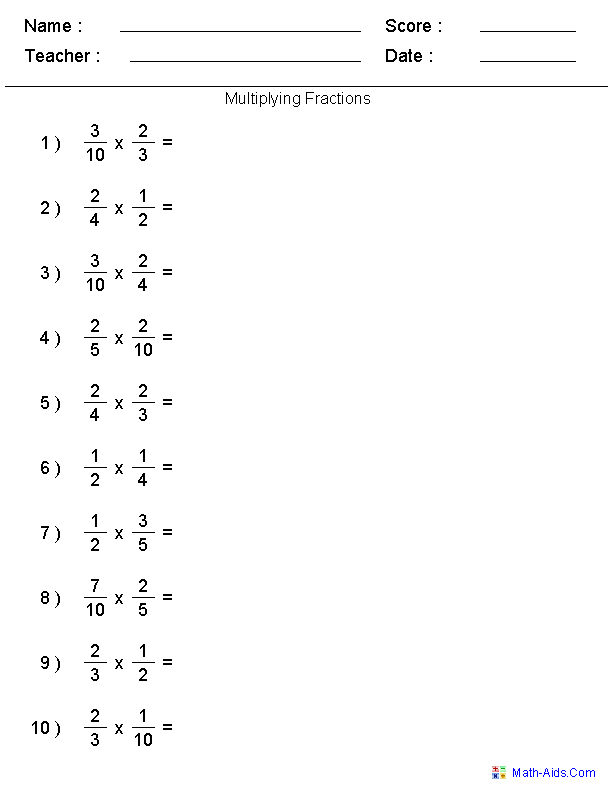
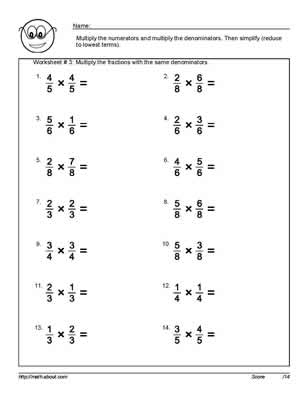
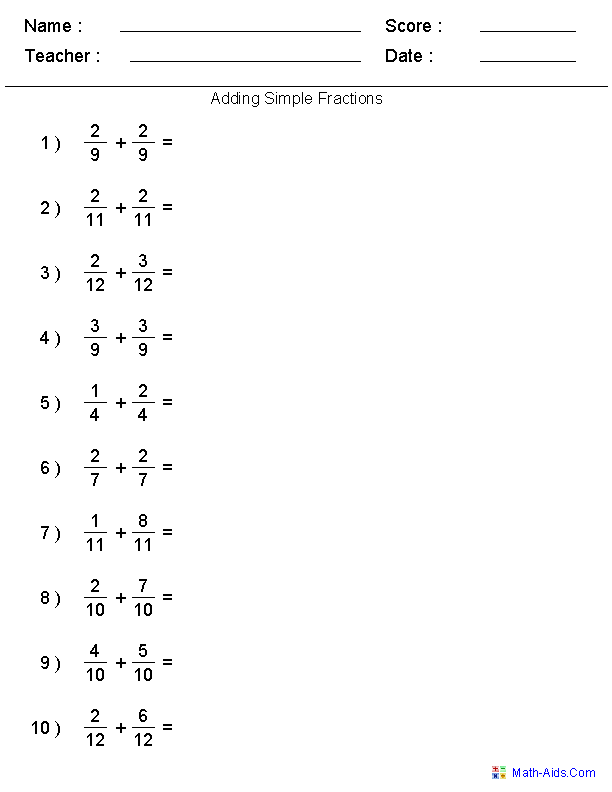














Comments